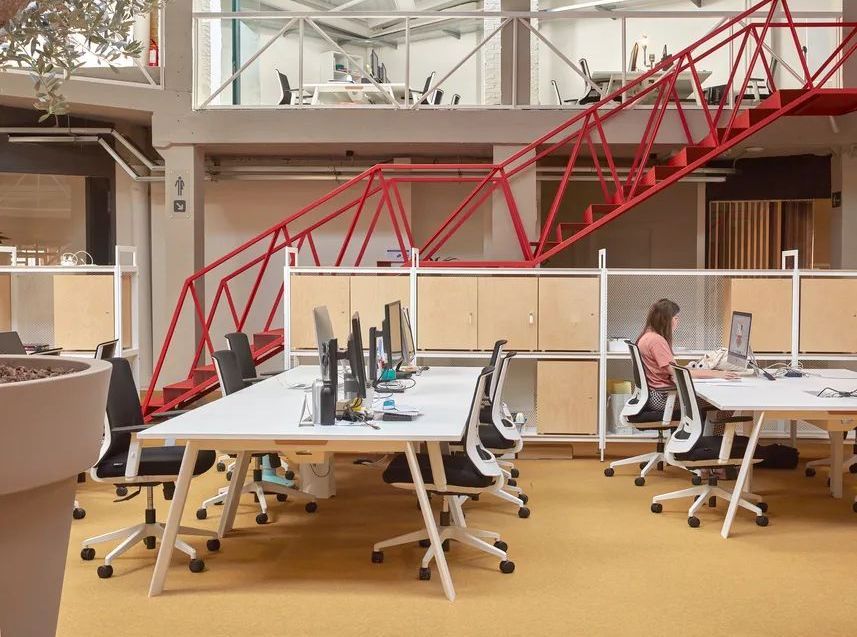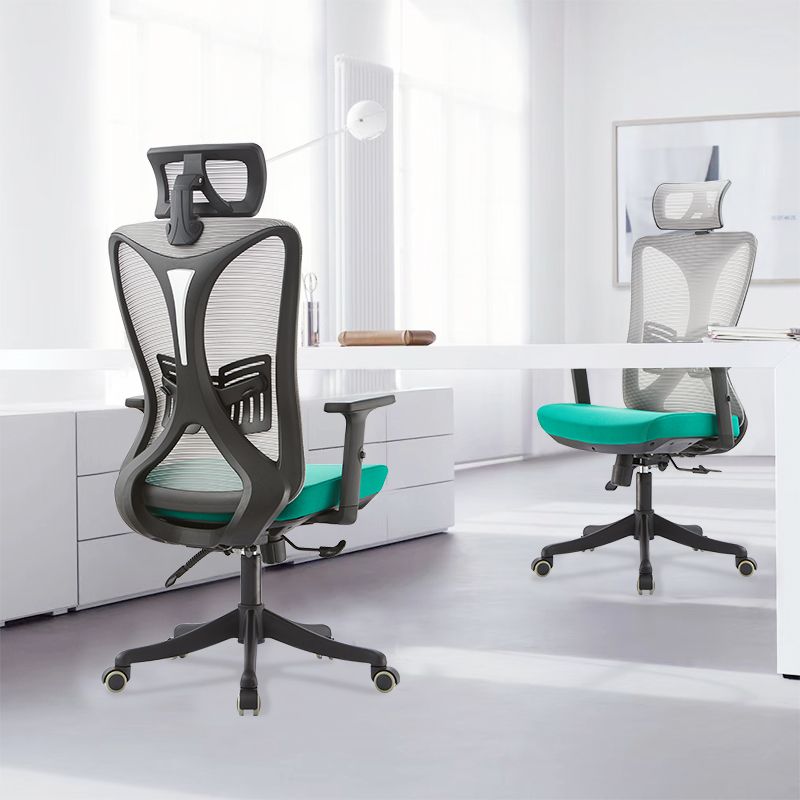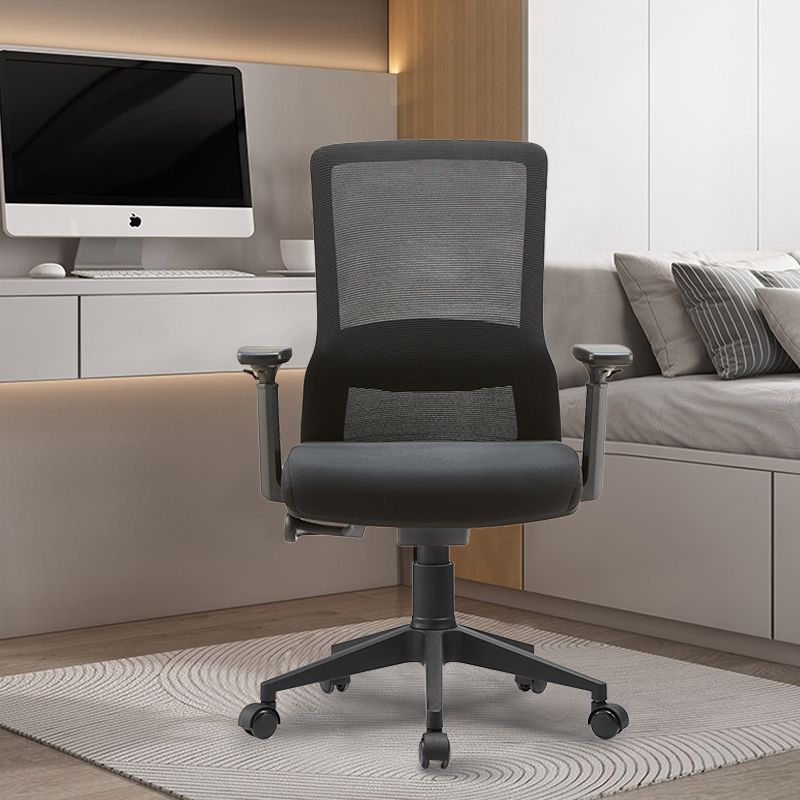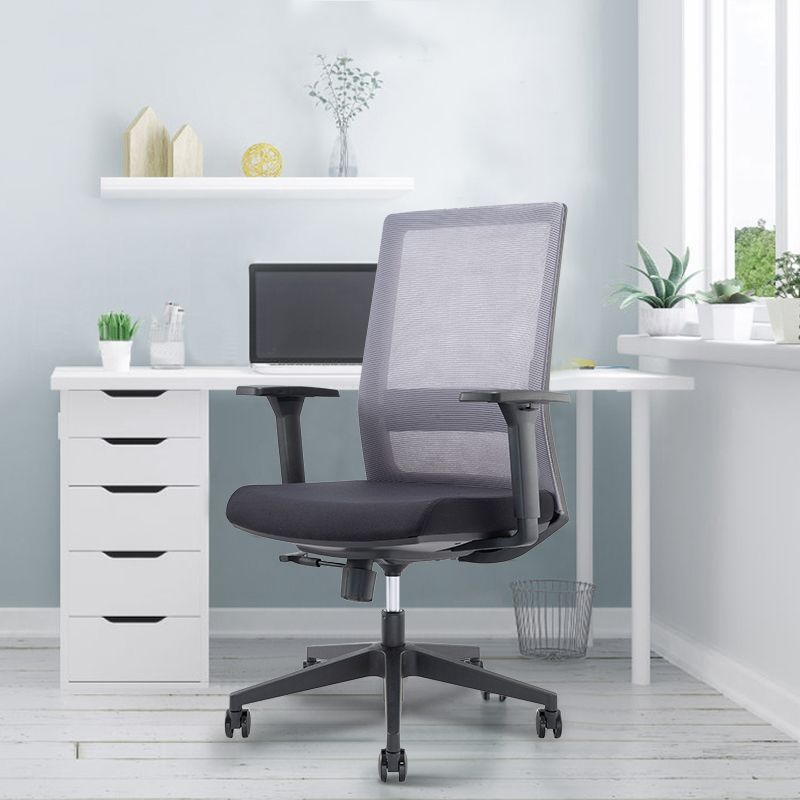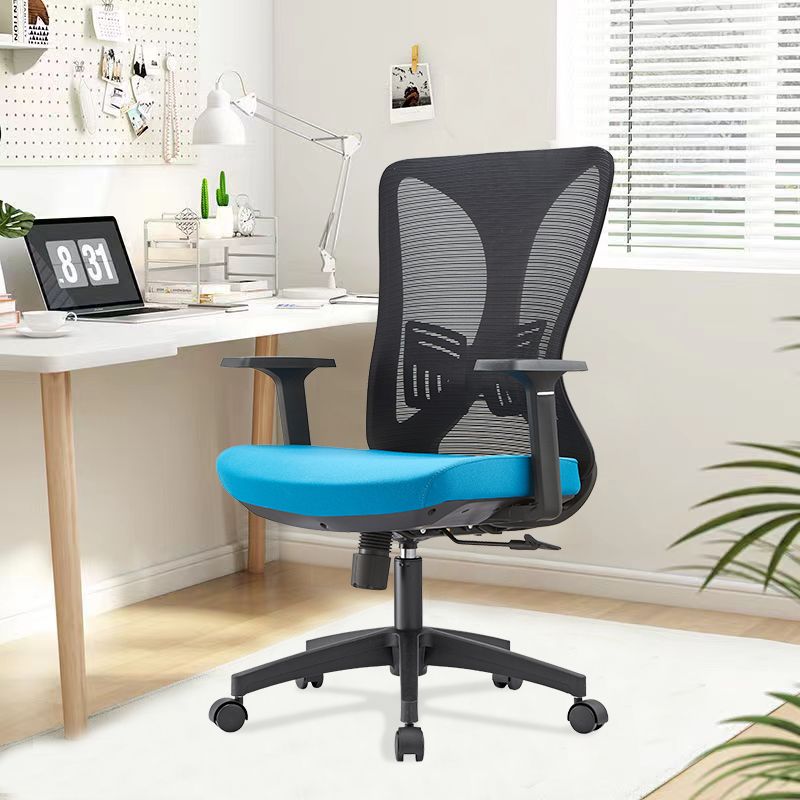Are you sitting comfortably now? Even though we all know that our backs should be upright, shoulders back and hips resting on the back of a chair, when we’re not paying attention, we tend to let our bodies slide in the chair until our spine is in the shape of a big question mark. This can lead to a variety of postural and circulation problems, chronic pain, and increased fatigue after a day, a week, a month, or years of work.
So what makes a chair comfortable? How can they help you maintain proper posture for longer? Is it possible to have design and comfort in the same product?
Although the design of a office chair may look simple, there are many angles, dimensions, and subtle adjustments that can make a huge difference in a user’s comfort. That’s why choosing the right office chair is no simple task: It has to support your needs, not be too expensive, and (at least minimally) match the rest of the space, which requires a lot of research. To be considered a good chair, it should meet a few simple requirements:
Adjustment: Seat height, backrest recline and waist support to accommodate different body sizes and types. This allows users to tailor the chair to their body and posture, reducing the risk of musculoskeletal disorders and promoting comfort.
Comfort: Usually depends on materials, padding, and the above adjustments.
Durability: We spend a lot of time in these chairs, so it’s important that the investment made is worth it over the whole time.
Design: The design of the chair should be pleasing to the eye and match the aesthetics of the room or office.
Of course, users must learn to adjust their chairs so that their working position is as appropriate as possible. It is also important to take regular breaks and to stretch, move and adjust posture and position frequently.
Post time: Feb-07-2023
